The 10th anniversary of Piggydb and the current status of the journey
Posted: October 7, 2018 Filed under: uncategorized 2 CommentsHello.
Piggydb turned 10 this summer. It was August 27, 2008, when I released the first version.
Recently the project is in a dormant state. It’s been more than two years since the last release (February 2016).
In 2010, I wrote about the goal of Piggydb:
But as I experimented with Piggydb’s knowledge creation, I found out that it did not work as well as expected. I thought originally some sort of structure would gradually emerge in the continuous organization of knowledge fragments with tags. But there’s something missing still in Piggydb to achieve this goal. – Wiki, Mind maps, Concept maps and Piggydb | Piggydb
So what’s the current status of the journey to the goal?
I think I’m almost there.
Piggydb would be powerful in terms of creating highly structured content with fragment relationships and hierarchical tags, but not good at providing a place of generativity as quoted above.
The “Table Tennis Videos” demo site is a good example for this.
It’s well structured and tagged so that visitors can search the videos in various ways. However, once you decided a system of structure and tags, you can’t escape from it easily. You just input fragments so as to align with the existing structure.
It’s actually useful for certain purposes, especially for displaying some information, but I myself want to escape from static structures. If you use it as a personal or team knowledge base, it wouldn’t last long because it’s highly possible there’s no metabolism occurring in it.
This experience made me rethink the principles needed to realize metabolism in digital note-taking, and that led to the Cotoami project I’m currently working on.
The first principle implemented in Cotoami was to make the barrier to input as low as possible.
In Cotoami, you post your ideas and thoughts like chatting. It’s actually a chatting feature where you can chat with other users sharing the same space.
You would feel free to write anything that comes in your mind. Your posts just flow into the past unless they are pinned:
There are two panes side by side representing flow and stock respectvely.
Then you make connections to enrich your stock just like Piggydb’s fragment relationships.
You can view your network of knowledge in a graph:
Making connections is like chemical reactions in metabolism, which should produce a new chemical substance finally. And this is the second principle implemented as “Cotonomatization” in Cotoami.
In Cotoami, individual posts are called “Cotos”, which is a Japanese word meaning “thing” and there’s a special type of Coto called “Cotonoma” (Coto-no-ma means “a space of Cotos”). A Cotonoma is a Coto that has a dedicated chat timeline associated with it.
These two concepts are basic building blocks of a knowledge base in Cotoami.
As you can see in the above image, Cotonomas form a recursive structure and each Cotonoma has its own metabolism cycle.
Here you can understand what “Cotonomatization” is. It means converting a plain Coto into a Cotonoma:
I think this process, converting a Coto that has collected many connections and appears to be important into a Cotonoma, in order to create another conceptual space of metabolism, leads to what I originally thought in 2010: “some sort of structure would gradually emerge in the continuous organization”.
I’ve been using Cotoami for more than a year now and feel it works greatly. Many of my Cotonomas have been created spontaneously from my random thoughts or conversations with my friends and they are filled with new discoveries.
I’d like you to try it out if you read this far 😉 There’s a demo server: https://demo.cotoa.me and another server for practical use, which gives accounts to crowdfunders: https://www.patreon.com/cotoami

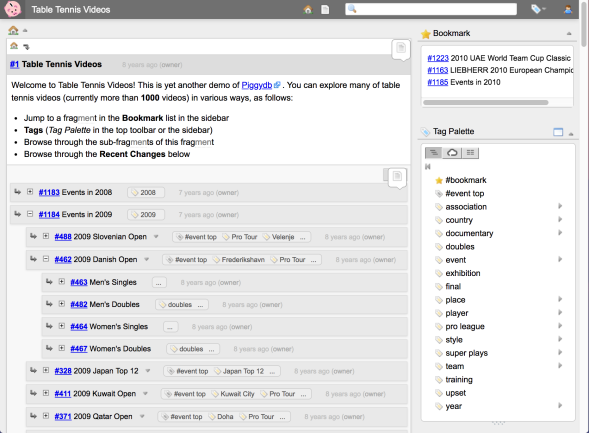
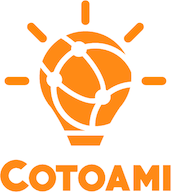

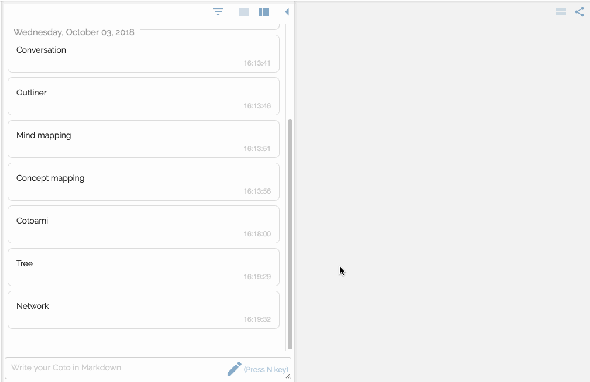

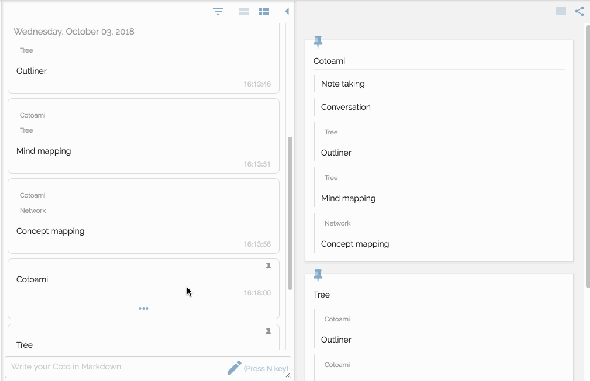
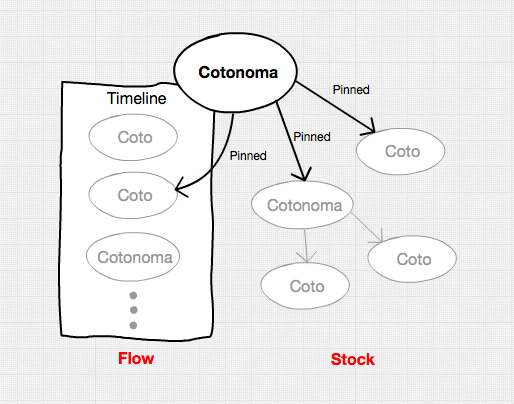




In the past I used a little piggydb and I remember that understanding the basic concept was not easy.
So I fully agree with the simplification of note insertion, but I wonder, why did you remove the tags?
I don’t know if they were really useful but they gave the illusion of being able to order things unconsciously.
Recently, I’ve added a “Reposting” feature to Cotoami, which almost works like tagging.